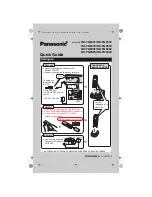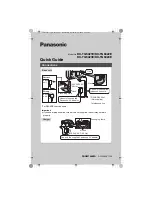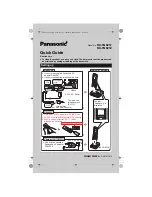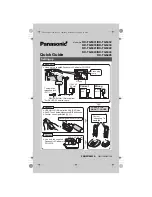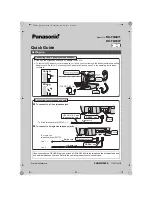
Defects
Cause
Remedy
abrasive wheel for asphalt with a
new one
poor cutting performance, high
segment wear
Abrasive wheel is turning in the
wrong direction
Mount abrasive wheel so that it
turns in the right direction
Breakdowns or tears in the
parent wheel and segment
Overloading
use a new abrasive wheel
Undercut
Cutting in the wrong material
use new abrasive wheel;
observe separating layers of
various materials
8.3.2
Undercut
Do not cut into the base course (frequently chip‐
ped stones and gravel) when cutting roadway
pavement – cutting in chipped stones and gravel
is revealed by light-colored dust – excessive
undercut may occur as a result – Danger of shat‐
tering!
8.3.3
Built-up edges, sharpen
Built-up edges take the form of a light gray
deposit on the tops of the diamond segments.
This deposit on the segments clogs the dia‐
monds and blunts the segments.
Built-up edges can form:
–
when cutting extremely hard materials, e. g.,
granite
–
with incorrect handling, e. g., excessive feed
effort
Built-up edges increase vibration, reduce cutting
performance, and cause formation of sparks.
At the first signs of built-up edges, immediately
"sharpen" the diamond abrasive wheel – to do
this, briefly cut through abrasive material such as
e. g. sandstone, aerated concrete or asphalt.
Addition of water prevents the formation of built-
up edges.
If work continues with dull segments, these may
soften due to the high heat generated – the
parent wheel is annealed and its strength is com‐
promised – this can lead to stresses that are
clearly recognizable by gyrations of the abrasive
wheel. Do not continue to use the abrasive wheel
– Risk of accident!
9
Mounting an Abrasive
Wheel
Only fit or replace when the machine is switched
off – retaining latch moved to
ƒ
, battery
removed.
1)
STIHL recommends STIHL servicing dealers
English
9 Mounting an Abrasive Wheel
48
0458-707-9621-B































